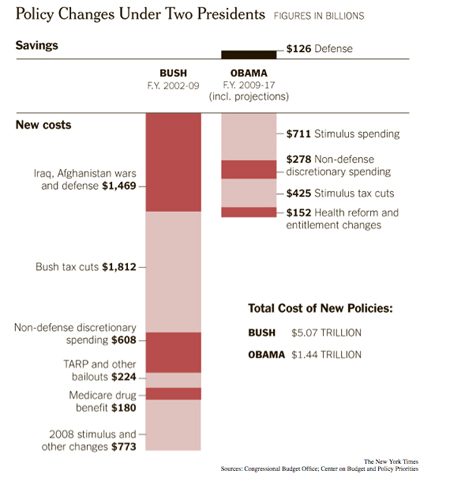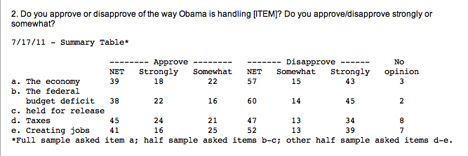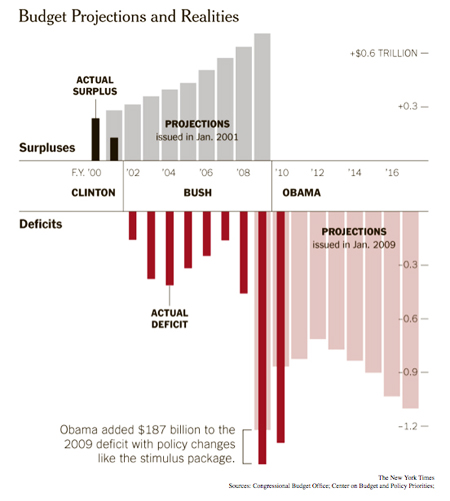By Mickey Friedman and the Red Crow Economic News Team™
July 27, 2011
Our crack Red Crow Economic News Team™ has been busily at work trying to come up with a new definition of “local.”
The local debate has been raging for more than a week now as Berkshirites try their best to come to terms with the news that despite displaying a “Berkshire Grown” sticker, the Otis Poultry Farm has been selling eggs that come from a farm in Schuylerville, N.Y., 50 miles away.
As far as Andrew Pyenson, co-owner of the Otis Poultry Farm is concerned, that is local enough. According to a story by Ned Oliver of the Berkshire Eagle, Pyenson has an answer for people who ask to see the birds: “I say, ‘No, they’re on another farm.’”
So the question is, are people being truthful when they claim to selling or serving locally grown food? Or put another way, how local is local?
Brian Alberg, executive chef at the Red Lion Inn, told Oliver that during the Berkshire growing season about 50 percent of the ingredients he uses come from local farms. Alberg acknowledged that local restaurants feel pressured to market local fare to tourists and residents.
“I think you need to say it because that’s what the customer wants to hear, but unfortunately I think too many people are abusing the word,” he said. “Some of us do it and live it and would be doing it even if guests weren’t demanding it because it’s what we believe in, but there are definitely people who are not living up to what local really means.”
Art Ames, the Manager of the Berkshire Co-op Market in Great Barrington, told the Eagle that even though they have a working definition of 100 miles from their store, some of their customers think local means much closer to home. Ames noted:
“I think if we asked 35 of our customers to come up with the definition of local, we’d get 40 different answers.”
Red Crow editor Mickey Friedman started to reminisce about when Great Barrington had two downtown supermarkets: the A&P and Aldo’s, suggesting that local had to be close by. Red Crow editor Bill Shein took out photos of his egg-producing ducks, who live 100 feet from his kitchen table, and suggested that “local” might be even closer. Meanwhile, Red Crow editor David Scribner reminded us that the United States was about to default and, that if, in fact, we were the Crack Economic News Team™ we pretend to be, we should really be writing about the debt crisis! “Local schmocal,” he muttered.
Which brings us to the continuing debate over our nation’s debt and our looming default. On Monday night both President Obama and House Speaker Boehner addressed the nation, offering competing approaches to the problem. In the spirit of fair and balanced economic news reporting, we’ve used transcript links from Fox News.
While Obama and Boehner both asked for God to bless America and the American people, they agreed on little else. Although the president did credit Boehner with working with him on a bipartisan approach, and “for being willing to put politics aside and consider this approach because I care about solving the problem.”
Unfortunately, Boehner didn’t seem to think that had actually happened. According to Boehner:
The president would not take yes for an answer. Even when we thought we might be close on an agreement, the president’s demands changed. The president has often said we need a ‘balanced’ approach — which in Washington means: we spend more . . . you pay more. Having run a small business, I know those tax increases will destroy jobs.
This is all very complicated, even for a crack Economic News Team™ like ours. But here’s a quick cheat sheet. Boehner wants to cut outrageous government programs which we really don’t need because they are wasteful (and aren’t really for us, but rather, for them) and keep all the tax cuts for the wealthy because wealthy is good and wealth creates jobs and thanks to President Obama we don’t seem to have as many jobs as we used to, or should have.
President Obama wants everyone to sacrifice, not just the poor. Or the soon-to-be-poor, like today’s middle class. So he used to want to raise taxes – not really raise taxes, but take away tax breaks that enabled the very, very rich to pay less in taxes – so that we’ll have more money or revenue. But now he’s not sure because the Republicans say they aren’t willing to do that and he’s trying to be bipartisan. And be reasonable. And compromise. Which is very good and which we as a nation have forgotten how to do.
Unfortunately, the Republicans don’t want to compromise because they know that compromise is compromise, and compromising with left-wing socialistic Democrats is exactly what got us into this problem in the first place.
Obama’s “balanced” approach doesn’t cut it for Michelle Bachmann either, who is currently in Congress but wants to move into Obama’s apartment as soon as possible:
“President Obama isn’t listening to the American people. Not one person in Iowa, New Hampshire or South Carolina has told me that we need a ‘balanced approach,’ which, of course, is code for higher taxes and spending.”
Former Minnesota Gov. Tim Pawlenty, who thinks he should get the apartment instead of Michelle Bachmann, accused Obama of “lecturing the country instead of leading it.” He said the speech was “another reason why President Obama needs to be removed from office.”
Neither the president or the speaker used visual aids during their speeches. Which is too bad because The New York Times recently created two handy charts. Here’s a look at the growing deficit and where and why we have to deal with it — instead of worrying about what “local” really means. According to the Times, the first chart shows:
the difference between budget projections and budget reality. In 2001, President George W. Bush inherited a surplus, with projections by the Congressional Budget Office for ever-increasing surpluses, assuming continuation of the good economy and President Bill Clinton’s policies.
The Times continues its analysis:
Every year starting in 2002, the budget fell into deficit. In January 2009, just before President Obama took office, the budget office projected a $1.2 trillion deficit for 2009 and deficits in subsequent years, based on continuing Mr. Bush’s policies and the effects of recession. Mr. Obama’s policies in 2009 and 2010, including the stimulus package, added to the deficits in those years but are largely temporary.
The second graph shows what we spent on tax cuts and for war and how that took us from budget surplus to budget deficits during 2002 to 2009. The Times notes that:
budget estimates that didn’t foresee the recessions in 2001 and in 2008 and 2009 also contributed to deficits. Mr. Obama’s policies, taken out to 2017, add to deficits, but not by nearly as much.

Studying these charts isn’t anywhere near as much fun as arguing about whether we’ll ever have locally grown coffee from the Housatonic Mills. But it does suggest that ending the wars in Iraq and Afghanistan and making some deep cuts in the defense budget could make a significant dent in the deficit.
The Times has some other conclusions:
A few lessons can be drawn from the numbers. First, the Bush tax cuts have had a huge damaging effect. If all of them expired as scheduled at the end of 2012, future deficits would be cut by about half, to sustainable levels. Second, a healthy budget requires a healthy economy; recessions wreak havoc by reducing tax revenue. Government has to spur demand and create jobs in a deep downturn, even though doing so worsens the deficit in the short run. Third, spending cuts alone will not close the gap. The chronic revenue shortfalls from serial tax cuts are simply too deep to fill with spending cuts alone. Taxes have to go up.
So much for the left-wing media. Rush Limbaugh has a unique take on the debt crisis debate:
So here you have Washington spending freely regardless of the consequences (which takes no courage, by the way), but when it comes time to clean up the mess they created? Look at it. There’s really nothing serious going on in real terms of cuts in spending, but on the political side of this, Obama is the odd man out — and he knows it, and he’s trying to figure out what happened. You know (impression) “Where is it? Why am I not part of the deal? Hey, you know, I’m still here. Uh, uh, I’m relevant.” Mr. President, you really aren’t part of this. You don’t have a plan. There’s nothing from you on paper — and if what I heard today is true, and if what Boehner’s been saying since Friday when he failed to return the phone call, they’ve decided, Mr. President: Until you get serious, you’re not anybody who can be dealt with here.
You don’t get to play the role of adult, refereeing what all the kids are doing.
You’re not even in the game at all.
Just because I don’t understand Rush Limbaugh doesn’t mean I don’t appreciate what it says about this great country that we have Rush Limbaugh saying what he’s saying, especially during troubled times.
What I’ve learned in the short but valuable time I’ve been a part of the Red Crow Crack Economic News Team™ is that if you don’t really understand something it’s time for a chart or a graph or better yet, some polling data. And luckily we have some interesting data from the most recent Washington Post/ABC News poll:

Not so good there, President Obama.
What about your Republican friends:
I don’t know about you, but I’m feeling better. The president is clearly winning the disapproval race. Only 59% of the American people disapprove of the way he’s handling the federal budget deficit, while a whopping 64% disapprove of the way his Republican opposition is handling it.
We’ve got a bipartisan disapproval thing happening here.
Repeat after me: local/schmocal … debt/schmebt.



